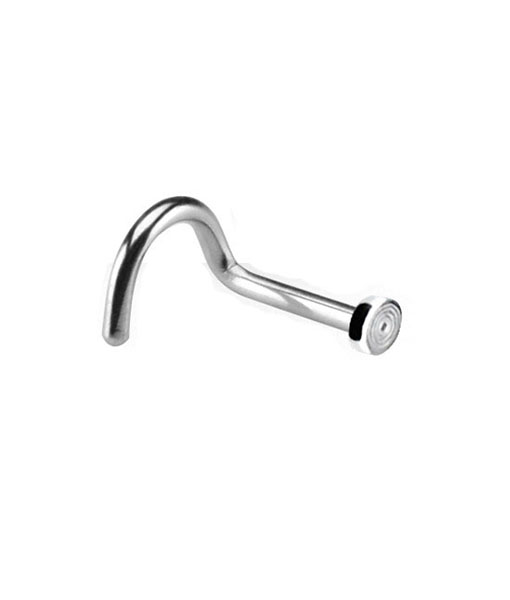A Historical Glimpse
Nose piercings have a rich history that spans several millennia. The practice can be traced back to 4,000 years ago in the Middle East, where nose rings were often symbols of wealth and status. In ancient India, nose piercings became prevalent in the 16th century, largely influenced by the Mughal Empire. The nose ring, or "nath," is traditionally worn by Indian women and is often associated with marriage. It is believed to have Ayurvedic benefits, supposedly easing childbirth and menstrual pain.
In Native American cultures, nose piercings were also significant. For some tribes, a pierced nose indicated maturity and readiness for adulthood. Similarly, in African tribes, nose rings were a symbol of beauty and tribal identity.
Cultural Significance
Nose piercing rings hold diverse meanings across different cultures. In Hindu culture, the nose ring is often part of bridal jewelry and is considered a symbol of beauty, respect, and social status. It is also linked to the Hindu goddess Parvati, the deity of marriage. In Middle Eastern cultures, nose rings have been used as a dowry or a gift during marriage.
In modern times, the cultural implications of nose piercings have evolved. While they still hold traditional value in many societies, they have also become a global fashion trend. Today, wearing a nose ring can be a form of self-expression, a nod to one's heritage, or simply a stylish accessory.
Modern Fashion and Trends
The resurgence of nose piercing ring in contemporary fashion is undeniable. Celebrities, influencers, and fashion enthusiasts have embraced this trend, making it more mainstream. Nose rings now come in various designs, materials, and styles, catering to a wide range of preferences.
Studs and Hoops: These are the most common styles. Studs offer a subtle, elegant look, while hoops can be bold and eye-catching. Both styles can be adorned with gemstones, diamonds, or intricate designs.
Septum Rings: Septum piercing have gained popularity for their edgy and versatile look. Septum rings can be simple or ornate, and they offer the flexibility of being flipped up inside the nose for a more discreet appearance when needed.
Materials: The materials used for nose rings vary from gold, silver, and platinum to more affordable options like surgical steel and titanium. Each material offers a different aesthetic and can cater to different skin sensitivities.
Customization: Personalized nose rings are becoming increasingly popular. Custom engravings, unique designs, and handmade pieces allow individuals to express their personal style and creativity.
Care and Considerations
Caring for a nose piercing is crucial to avoid infections and ensure proper healing. It is recommended to clean the piercing with saline solution and avoid touching it with dirty hands. Choosing hypoallergenic materials can also prevent allergic reactions. Consulting with a professional piercer and following their aftercare instructions can make the healing process smoother.






Comments